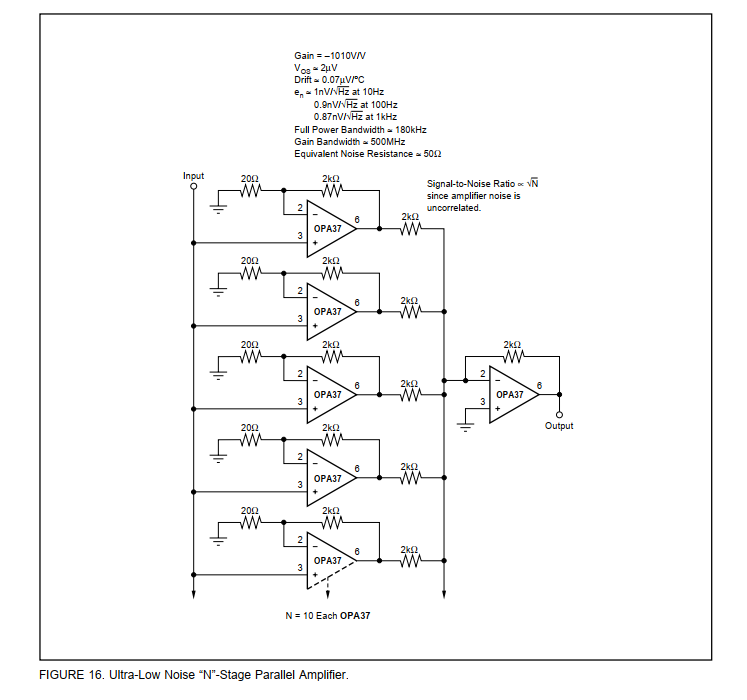Tool/software: TINA-TI or Spice Models
Hello,
I need to make an pre amplifier circuit for receiving sound echos from atmosphere which is in range of 0.1 micro volts to 10 micro volts. Current design consist of one transformer coil in the starting to step up the voltage level and then used universal active filter and opamp to amplify and filtering purpose. Can you suggest me any TI instrument which can perform on these range amplification with good SNR.
Regards
Parag Chourey



